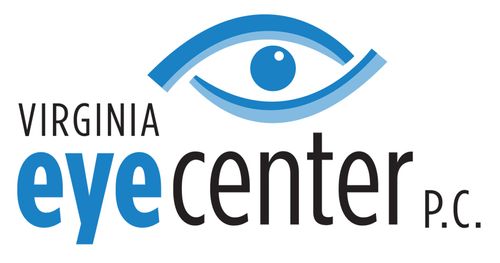
There’s never a bad time to make your eyesight a priority. At Virginia Eye Center, our comprehensive eye exams ensure that your eyes stay healthy at any age.
When you come to Virginia Eye Center for a comprehensive eye exam, we will run a series of exams and measurements on your eyes. They may include the below.
A visual acuity test measures how sharp your vision is when looking at something far away. Most commonly, you’ll read a Snellen chart held 20 feet away to determine the smallest letters you can see.
Your ophthalmologist will shine a light in your eyes to see how your pupils respond to light. The pupils should react to regulate the intensity of light entering your eye.
To see an image clearly, your eyes need to change focus, move, and work together. Your eye doctor will test how your eyes move and work together.
To measure the pressure inside your eyes, your eye doctor will perform a test called tonometry. Tonometry applies a small amount of pressure to your eye using a device with blue light or a handheld instrument. There’s no pain, as you’ll receive numbing eye drops beforehand.
TearLab tests for hyperosmolarity. Osmolarity is the salt content of your tears.
In patients with dry eyes, osmolarity is usually elevated. TearLab gathers this data to help your ophthalmologist determine if you have dry eyes.
Refraction helps your eye doctor determine how strong the lens power needs to be to compensate for a refractive error. They’ll use an instrument called a phoropter to show you a series of lenses.
After showing these lenses, your doctor will refine the lens power and give you a prescription for your glasses.
Dilating your pupils allows your eye doctor to examine your optic nerve, retina, and blood vessels to ensure they work properly.
Glare testing uses a brightness acuity test to simulate glare from light. Your eye doctor may perform this if they suspect you have cataracts or need to have cataract surgery.
Pachymetry is a painless test that allows your eye doctor to test the thickness of your cornea. You may have this test performed if your eye doctor suspects a corneal abnormality or glaucoma.
OCT of optic nerves allows your ophthalmologist to see cross-section images of the retinal structures inside your eye. Using OCT lets them diagnose, identify, and monitor any optic nerve and retinal disorders.
When the optic nerve is damaged by glaucoma, it affects the peripheral vision. Automated perimetry uses computer programming to test the visual field.
During your comprehensive exam, we will be screening for a variety of eye conditions which are explained below.
A cataract is a clouding, or haziness, of the lens of your eye. The lens helps focus light on your retina, the area where images are formed. When the lens becomes cloudy, images are less clear.
Cataracts usually develop slowly, so you might not notice any vision changes at first.
With cataracts, you might notice problems with activities that require clear vision, such as reading or playing golf. By examining your eyes, an eye doctor can tell you if you have cataracts in one or both eyes.
Diabetes Mellitus is a common disease in which blood-sugar levels are chronically high. The disease has many related complications, and several eye diseases among them. The most common eye complication of diabetes is diabetic retinopathy, a leading cause of adult blindness.
Diabetic retinopathy occurs when high blood-sugar levels affect the functionality of blood vessels in the retina (light-sensing cells in the eye). In early phases of the disease, capillaries will leak blood or fluid. This can cause swelling in the retina (which may result in blurring of central vision), and it can leak into the vitreous humor (the fluid surrounding the retina) causing floaters or obscuring vision.
During the beginning stages of diabetes, serious vision damage is less likely. However, diabetes can lead to a more advanced stage of the disease, called proliferative diabetic retinopathy. In this form, blood vessels in the retina actually close off. New blood vessels grow to make up for the lack of blood flow to the retina. The new blood vessels are accompanied by scarring and more leakage. This can lead to serious vision loss and blindness.
The condition can typically be diagnosed by an ophthalmologist during an eye exam, long before noticeable vision symptoms occur and when more treatment options are still available. Thus it is very important for those suffering from diabetes to have regular eye exams, to monitor for diabetic retinopathy and other complications.
Macular degeneration is an eye condition that occurs when the macula suffers damage. The macula is part of the retina and is responsible for your central vision.
When you have age-related macular degeneration (AMD), you lose central vision, meaning you can’t see fine details.
This is the case whether you’re looking at something up close or further away. However, macular degeneration doesn’t harm your peripheral vision.
There are two kinds of macular degeneration: dry and wet. Dry macular degeneration affects about 80% of patients with AMD.
Dry macular degeneration occurs when the macula gets thinner as you age, causing drusen to develop. These patients slowly lose their central vision. There is no way to treat dry macular degeneration.
The second form of macular degeneration is wet AMD. Wet macular degeneration is much rarer and forms when abnormal blood vessels develop under the retina. The new vessels are weak and often leak blood or fluids, which scars the macula. Patients with wet macular degeneration lose their vision much faster than those with dry AMD.
Many patients with macular degeneration don’t realize they have the eye condition until their vision is extremely blurry. This is why regular eye exams are so important.
Glaucoma is a disease that affects the optic nerve, the part of the eye which receives images collected by the retina and sends them to the brain. Every eye maintains a certain amount of internal pressure, called intraocular pressure. When this pressure rises to abnormal levels, it can put extra stress on the optic nerve, causing significant damage. Optic nerve damage results in loss of vision, and ultimately blindness.
The front of the eye is constantly producing a fluid called aqueous humor. A healthy eye will continually produce small amounts of aqueous humor to ensure consistent pressure within the eye. When normal drainage becomes slowed or blocked, pressure increases, and may lead to glaucoma. There are several different types of glaucoma, the two most common types being chronic open-angle glaucoma and closed-angle glaucoma.
Chronic open-angle glaucoma is the most common form of the disease and usually develops with age. With this type of glaucoma, pressure gradually increases around the eye causing it to work less effectively over a period of time. There are no symptoms in the early stages of open-angle glaucoma. Peripheral vision is usually the first to deteriorate. As the disease becomes more advanced, blank spots begin to appear in one’s vision. If left untreated, it eventually develops into blindness. The best way to avoid serious vision loss is early diagnosis and treatment.
How often you should see your eye doctor for an eye exam depends on several things, including your age and family history of eye conditions. Talk to your eye doctor to determine the best schedule for comprehensive eye exams, as this is different for everyone.
Schedule your comprehensive eye exam at Virginia Eye Center in Leesburg, VA, today!
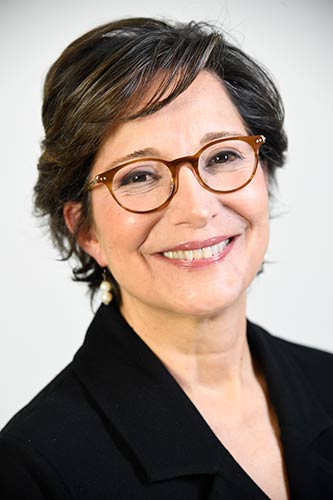
Niloo Ziai, MD
Glaucoma, General Ophthalmology
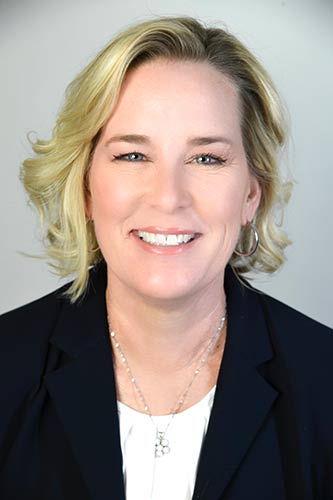
Sarah Merrill, MD
General Opthalmology, Botox, Cataract Surgery

Soo Shin, MD
General Ophthalmology & Corneal Diseases
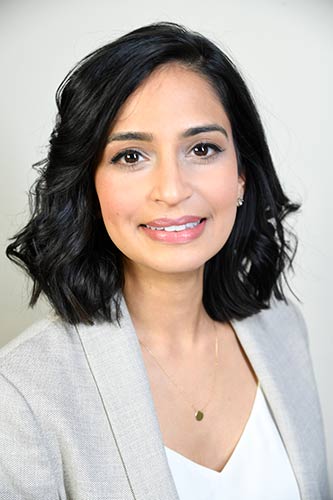
Ruby Parikh, M.D.
General Ophthalmology, Cataract Surgery & Uveitis

Christina Chang, MD
General Ophthalmology, Cataract Surgery, Botox

Dana Schneider, M.D.
General Ophthalmology, Cataract Surgery, Corneal Diseases
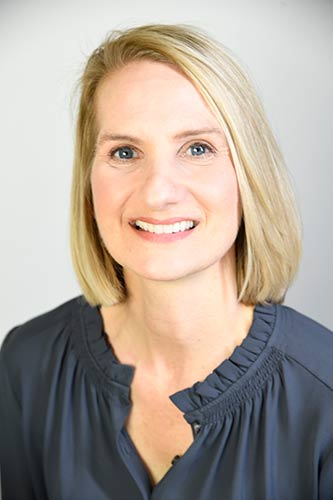
Elaine Bourdeau, OD
Optometry, Contact Lenses